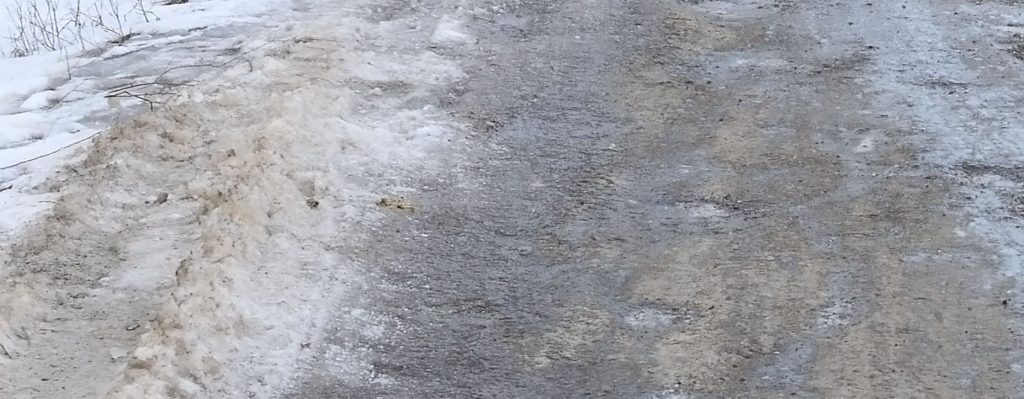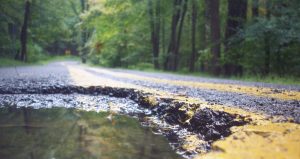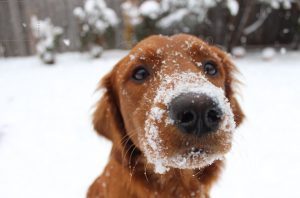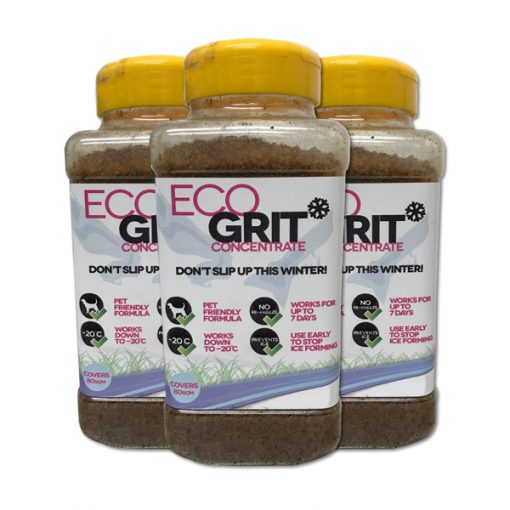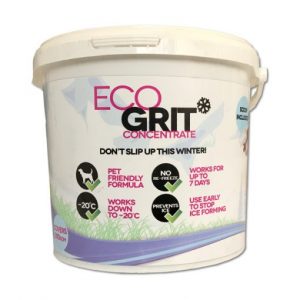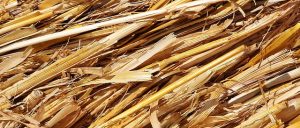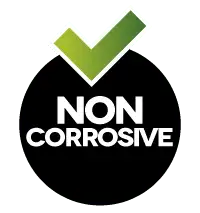6 Deicing Tips to Prepare Outdoor Surfaces for Winter
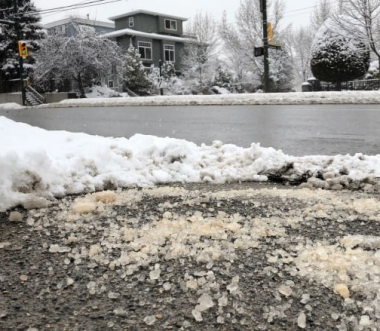
The nights are drawing in and there is a distinct chill in the air. All the leaves are brown, as the song goes… It’s definitely time to start thinking about getting ready for winter. One key area to prepare for is taking measures to stay safe when the frost, ice and snow hits and get some deicing tips to make outdoor areas non-slippery and easy to navigate. Now is the perfect time to replenish stocks of a salt-free deicer. So, you can have it at hand exactly when you need it as temperatures fall and the rain or snow arrives.
Deicing Tips for Exterior Surfaces
As well as getting prepared with ice melts and deicing products, October and November are the best months for checking, repairing and preparing outdoor surfaces. Early attention to this will ensure they can handle the icy onslaughts and not get damaged beyond repair. Different surfaces require different approaches. Here are six common surfaces and some appropriate deicing tips to treat them.
1. Concrete
Concrete is porous, which means that it can allow moisture to seep inside. Excess rainwater, melting ice, frost and snow can all get inside concrete and cause problems. The water expands and contracts as the temperature rises and falls, causing cracks and spalling to the concrete surface. Use a good quality sealant to fill in any cracks, or have them professionally repaired before the sub-zero temperatures arrive. One of the deicing tips is making use of salt-free deicer on icy surfaces to clear them safely and without causing harm to people, pets or vehicles. Do not use rock salt as it can harm pets and concrete.
2. Asphalt
Asphalt can also be damaged by cold weather, ice and frost. Problems include cracks that allow moisture in, as well as erosion caused by laying snow and ice. Check and repair any existing cracks in asphalt surfaces – even smaller ones. Deicing tips for asphalt is applying a layer of sealant to concrete and asphalt, to help waterproof and prepare outdoor surfaces for winter. You can make use of a salt-free deicer to protect surfaces from compacted ice and snow.
3. Brickwork
Prolonged rainfall or snow can damage both bricks and the mortar in between them. This damage can appear in the form of cracks, chips or erosion. If water gets inside and then freezes, this can cause bigger concerns and even threaten the integrity of a wall or paved driveway. Get any crumbling, cracked or missing mortar replaced as soon as possible. Check out the bricks or paving stones too for signs of cracks or damage. Do this now, before icy surfaces make it harder to see what’s happening.
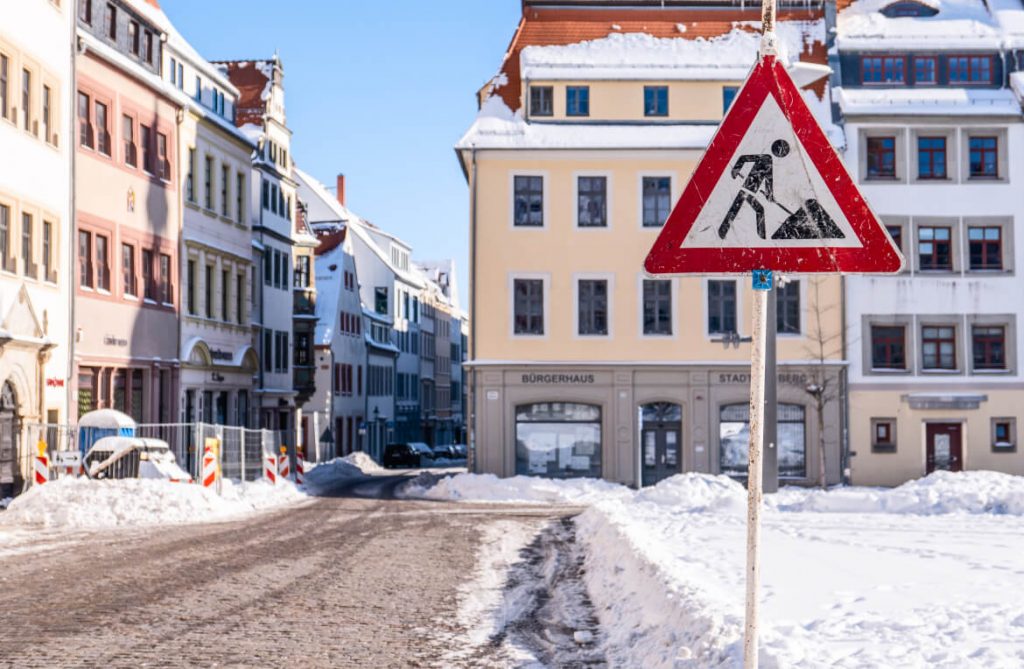
4. Metal Railings and Gates
Sturdy metal railings and gates could quite literally be a lifesaver this winter. They give people something to grab hold of to stop them from sliding around and having a nasty fall. So, it is important to ensure they are protected ahead of time. Check them carefully for signs of rust or damage. Catching these sorts of issues early will help save time and money later on. Consider applying a protective layer of frost-resistant wax or buying a weatherproof cover for especially cold nights. If you know there is going to be frost at night, mix up some deicer into a spray bottle and apply it liberally before you go to bed.
5. Garden and Grass
Water from melting ice can generally seep away into grass and soil without causing too many problems. However, make sure that any deicing products do not contain rock salt, urea or anything else that could harm the ecosystem. This is because the pollutants can damage wildlife, plants, pets and people.
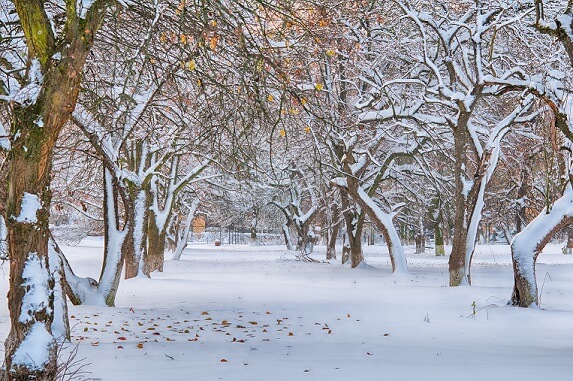
Salt grains from treated grass can be walked indoors too, which can ruin carpets and rugs. Bring any delicate plants under cover if you intend them to survive the winter and consider adding a thick layer of mulch to your borders. This will act as insulation against the cold for the delicate bulbs and roots underneath the surface.
6. School Sports Surfaces and Playgrounds
Before schools break up for the Christmas holidays, plan and schedule maintenance work that needs to be done to playgrounds, sports pitches, climbing frames and other exterior surfaces. That way, work can begin as soon as the children start their winter break. Mend any damage, repaint faded lines and ensure that you have plenty of salt-free deicer in stock. These maintenance and deicing tips will help keep everyone safe from slipping on the ice when they come back to school in January 2022.
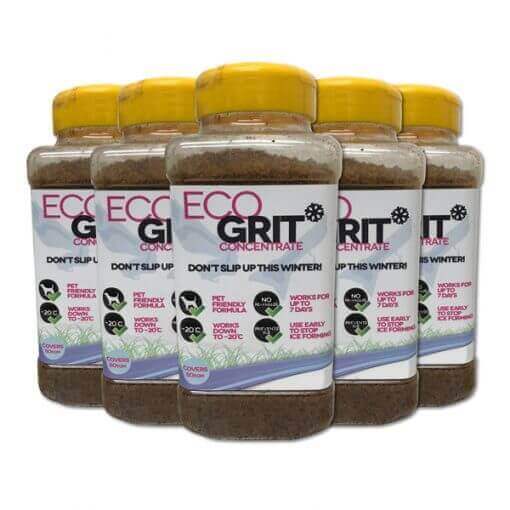


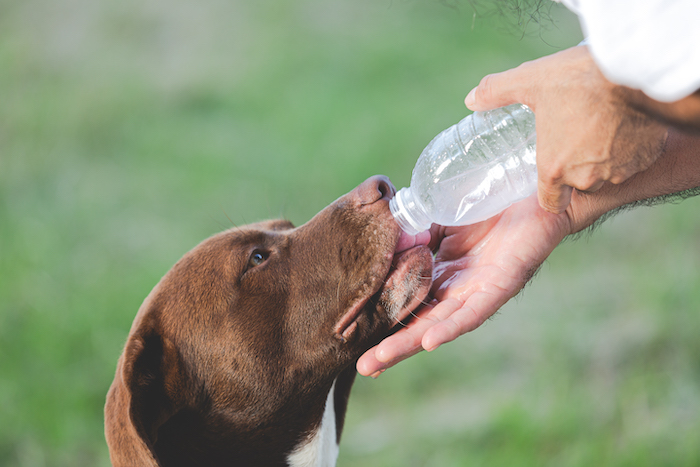

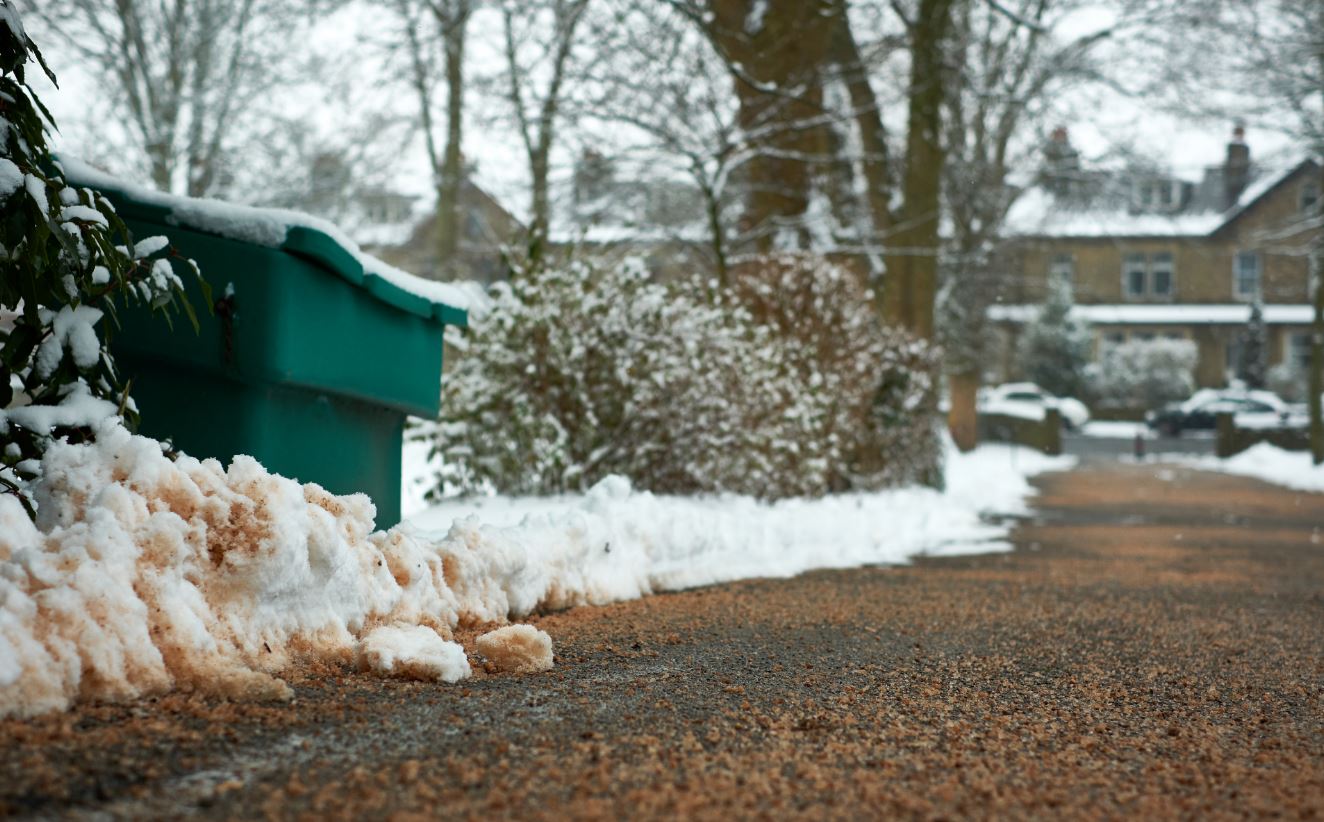
 What are potholes?
What are potholes?



